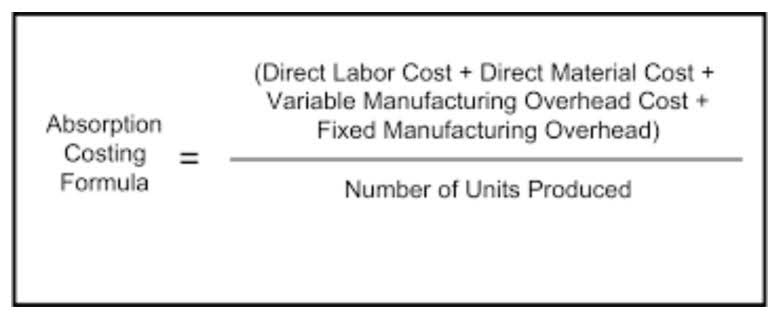How to calculate the annual solar energy output of a photovoltaic system?

Now you will also receive a payment of $1,100 at the end of the second year. The present value is now the sum of discounting one payment of $1,100 back one year to the present as well as one payment of $1,100 two years back to the present. This time value of money concept and mathematical relationship is central pv calculation formula to understanding the present value calculation.

Summary
For example, if you are offered a choice between receiving $100 today or $110 in a year, which one would you prefer? To answer this question, you need to know the PV of both options, which depends on the interest rate or the discount rate that you can earn on your money. However, calculating the PV of complex cash flows can be tedious and time-consuming, especially if you have to do it manually.
FAQs on Present Value Calculator: Find the Value of Your Money Today
You can incorporate the potential effects of inflation into the present value formula by using what’s known as the real interest rate rather than the nominal interest rate. To reiterate from earlier, we must first https://santoslongo.adv.br/bookkeeping-wikipedia/ ensure the periodicity of each input is consistent. The formula in Excel to calculate the present value (PV) of a perpetuity is as follows. Present value is used as a starting point for assessing the fairness of a future financial liability or benefit.
How Does the Discount Rate Affect Present Value?

The number of periods is simply the number of times the interest will compound over time. To calculate Present Value in real life, you need to know the future cash flows of an investment and the Discount Rate, which represents your opportunity cost or expected annualized return. The entire concept of the time value of money revolves around the same theory. Therefore, it is important to determine the discount rate appropriately as it is the key to a correct valuation of the future cash flows. The main purpose of this blog was to show you how to use a PV calculator to evaluate the present value of future cash flows. By using a PV calculator, you can easily compare different investment opportunities and make informed financial decisions.
Where FV represents future value, r signifies the discount rate as a decimal, and n stands for the number of periods or time in years. Wolfram|Alpha can quickly and easily compute the present value of money, as well as the amount you would need to invest in order to achieve a desired financial goal in the future. Plots are automatically generated to help you visualize the effect that different interest rates, interest periods or future values could have on your result.
- So make sure that you use other metrics alongside present value to get the best idea possible.
- If you want to calculated semi-annual interest, you’ll need to divide these numbers in half.
- You normally measure the company’s annual stock returns/volatility, interest expense, and other factors to estimate how much an investment in the company might return, on average, over the long term.
- The PV function returns the present value figure; the amount that future payments are worth now.
- Of course, both calculations could be proved wrong if you choose the wrong estimate for your rate of return.
- Present value (PV), a crucial concept in finance and investment, represents the current worth of a future sum of money based on a specified rate of return.
Present value is the current worth of a future amount of money, adjusted for interest or discount rates. Ultimately, choosing the appropriate discount rate can make or break an investment decision. A too-low discount rate could lead to overvaluing potential assets or projects, while a too-high discount rate may result in undervaluing them. Thus, it’s crucial that investors carefully consider their unique circumstances and risks before settling on a discount rate.

Applications of Present Value in Finance

A period can be any length of time – a year, half a year, a quarter, a month, a week, or any number of days. Please note that while calculating present value, by period, we do not necessarily mean a year. Step 5) As the fv argument, bookkeeping refer to the future value we are expecting to occur at the end of Year 3 i.e., $10,000. As the period when you’re paying cash varies, their discounting period varies, and ultimately the present value varies.
- Given a higher discount rate, the implied present value will be lower (and vice versa).
- Also, please note that the returned present value is negative, since it represents a presumed investment, which is an outflow.
- Future value is the total sum of money that will accrue over time when that initial sum is invested.
- These external influences can significantly impact an investment’s success and should be taken into account when making financial decisions.
- Payments on mortgage loans usually require monthly payments of principal and interest.
Despite these criticisms, it’s crucial to understand the importance of present value in finance and investment, particularly when compared to future value (FV). By using the present value formula, we can determine the current worth of future cash flows or assets, allowing us to compare investments with different time horizons or cash flow patterns. While discount rates reflect the potential return on investments, inflation acts as the real rate of interest in determining present value. The sum of these two factors ultimately determines the present worth of a future cash flow or investment opportunity. For instance, if an investor expects to earn a 5% annual return but anticipates inflation of 2%, they would use a discount rate of 7% (5% + 2%) when calculating present value. Present value (PV) calculations allow individuals and businesses to determine how much future cash flows are worth today, providing a foundation for informed financial decisions.
- Despite this, present value tables remain popular in academic settings because they are easy to incorporate into a textbook.
- This concept acknowledges that money received in the future is not as valuable as the same amount today because it may lose purchasing power or earning potential over time.
- The answer tells us that receiving $10,000 five years from today is the equivalent of receiving $7,440.90 today, if the time value of money has an annual rate of 6% compounded semiannually.
- We see that the present value of receiving $1,000 in 20 years is the equivalent of receiving approximately $149.00 today, if the time value of money is 10% per year compounded annually.
- When calculating the present value of annuity, i.e. a series of even cash flows, the key point is to be consistent with rate and nper supplied to a PV formula.
When we compute the present value of annuity formula, they are both actually the same based on the time value of money. But rather than just discounting one cash flow to Present Value, you project the company’s financials over a 5, 10, or 20-year period and discount every single cash flow to Present Value. The sum of all the discounted FCFs amounts to $4,800, which is how much this five-year stream of cash flows is worth today.
Things to remember about the PV Function
PV calculations make sure the inflationary impact is calculated from either the inflation rate or the expected rate of returns. One significant distinction between PV and FV is their relationship with the time value of money. This concept is encapsulated within present value calculations by applying a discount rate, which effectively adjusts future cash flows back to their present value based on the assumed rate of return. Present value is not just a theoretical concept; it plays a significant role in various financial decisions and calculations.

